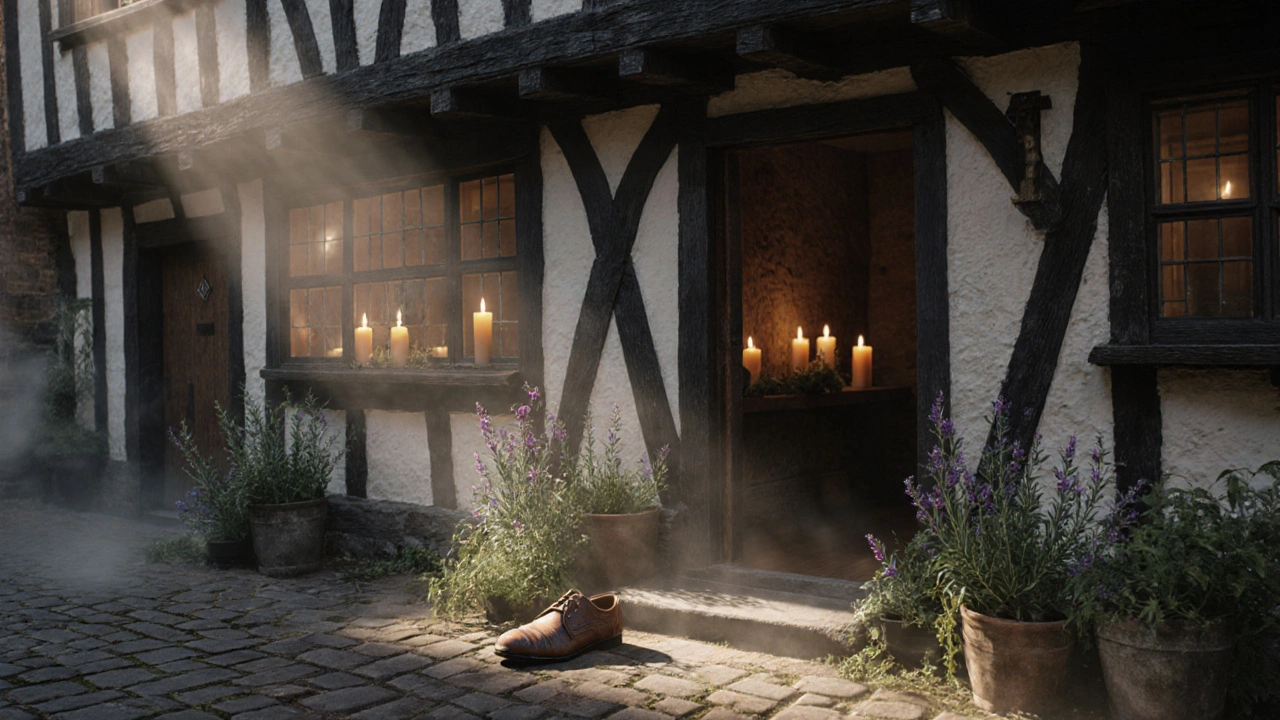Shakespeare's Birthplace: History, Visits, and Why It Still Matters
When you think of Shakespeare's birthplace, the half-timbered house in Stratford-upon-Avon where William Shakespeare was born in 1564. Also known as William Shakespeare's Home, it’s not just a museum—it’s the quiet starting point of English literature as we know it. You won’t find it in London, but it’s the single most important place to understand why Shakespeare’s work still echoes in every West End play, every classroom, and every line of dialogue you hear on screen.
The house itself is a classic Tudor home, a type of 16th-century English house built with wooden frames and wattle-and-daub walls. Also known as black-and-white cottage, it’s one of the best-preserved examples left in England. Walk through the rooms where Shakespeare spent his first ten years, see the kitchen where his mother cooked, and stand in the chamber where he likely slept. The furniture isn’t flashy—it’s real, worn, and ordinary. That’s what makes it powerful. This isn’t a grand palace. It’s a working-class home where genius quietly took root.
People often assume Shakespeare’s story is all about London—the Globe Theatre, the crowds, the fame. But his roots are in Stratford. His father was a glove-maker. His mother came from a farming family. He went to the local grammar school, learned Latin, and probably read the classics before he ever set foot in the city. That’s why visiting his birthplace matters: it shows you the real person behind the myth. You don’t need to be a literature scholar to feel it. Just stand in the courtyard and imagine a boy of twelve, looking out the window, dreaming up stories.
Many travelers combine a trip to Shakespeare’s birthplace with a day out from London. Trains run regularly from London Marylebone to Stratford-upon-Avon in under two hours. It’s an easy escape from the city’s noise, and you’ll come back with more than just photos—you’ll carry a deeper sense of where his words came from. The site includes the garden where he may have played, the school he attended, and even the house where he later lived with his family. Together, they form a complete picture of his life before the stage.
What you won’t find here is flashy tech or VR reenactments. There’s no need. The power is in the silence of the rooms, the smell of old wood, the weight of centuries. It’s raw, real, and quietly unforgettable. If you’ve ever been moved by a Shakespearean line—if you’ve laughed at a joke, cried over a loss, or felt something stir inside you when you heard To be or not to be—this is where it began.
Below, you’ll find real guides and stories from people who’ve visited, photographed, and written about this place. Some focus on the quiet moments. Others show how it connects to London’s theatre scene. No fluff. Just what you need to know before you go—or after you’ve been, and you’re still thinking about it.
